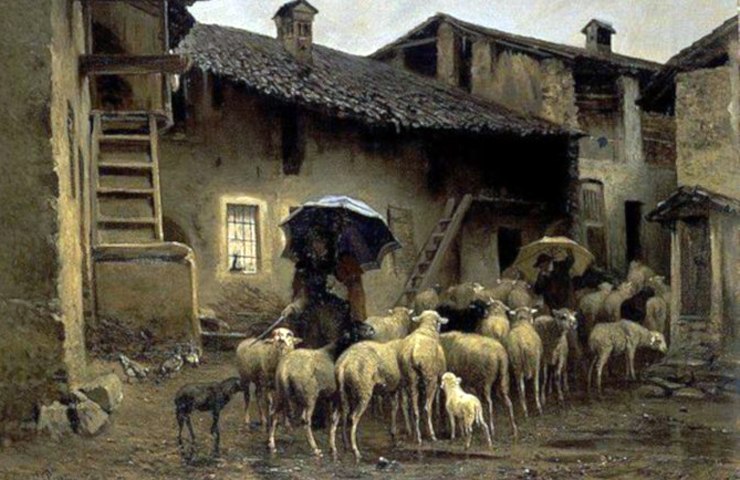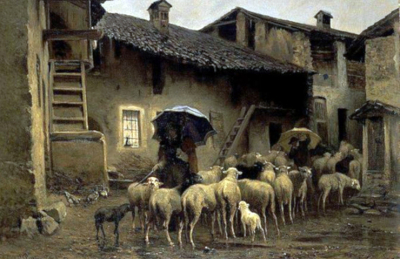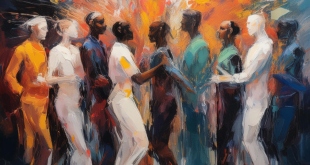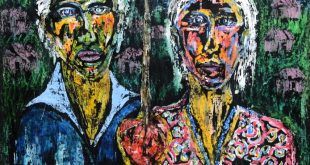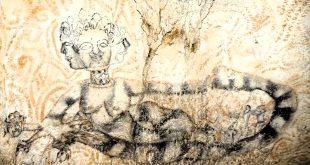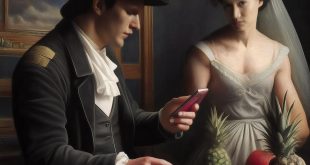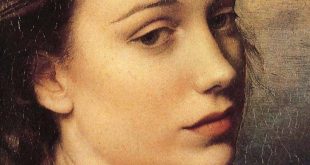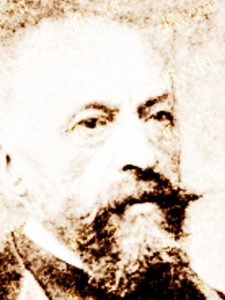 Remain faithful to a visual interpretation of reality
Remain faithful to a visual interpretation of reality
Born in Turin in 1835, Carlo Pittara https://www.valutazionearte.it/artisti/pittara-carlo/ studied there at the Royal Albertina Academy of Fine Arts. In 1856. he presented one of his paintings in an exhibition of fine art in Turin. Moving to Geneva, he completed his artistic training as an animalist painter there. During his stay in Paris, he met exponents of the Barbizon School, with whom he began to collaborate. In the care of the composition, he had great concern in the choice of the elements.
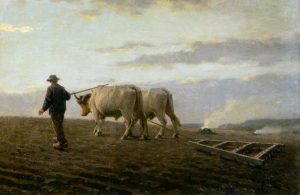 In 1860, he settled in Turin, and in the summer of the same year, he went to Rivara to spend the summer months there. The following year, Carlo Pittara https://www.invaluable.com/artist/pittara-carlo-0nfsqa11rg/sold-at-auction-prices/ was invited to the National Exhibition in Florence. In the winter of 1861, during a stay in Nervi, he met the Portuguese painter Alfredo D’Andrade, becoming a great friend of him.
In 1860, he settled in Turin, and in the summer of the same year, he went to Rivara to spend the summer months there. The following year, Carlo Pittara https://www.invaluable.com/artist/pittara-carlo-0nfsqa11rg/sold-at-auction-prices/ was invited to the National Exhibition in Florence. In the winter of 1861, during a stay in Nervi, he met the Portuguese painter Alfredo D’Andrade, becoming a great friend of him.
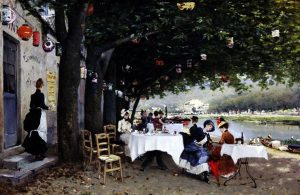 In 1862, took part in the Promoter’s exhibition with a painting entitled The surroundings of Rivara, depicting a herd grazing in the high mountains. With the intention of describing the condition of the peasant world, Carlo Pittara https://digilander.libero.it/rivaraonline/Scuola_di_Rivara/Pittara.htm abandoned the idyllic vision of the landscape and animal rights issues, directing his creative vein to the naturalistic approach.
In 1862, took part in the Promoter’s exhibition with a painting entitled The surroundings of Rivara, depicting a herd grazing in the high mountains. With the intention of describing the condition of the peasant world, Carlo Pittara https://digilander.libero.it/rivaraonline/Scuola_di_Rivara/Pittara.htm abandoned the idyllic vision of the landscape and animal rights issues, directing his creative vein to the naturalistic approach.
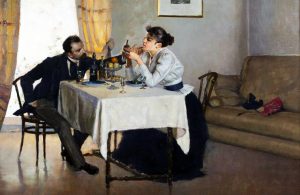 In 1862, abandoning the naturalism of a manner, with Rivara D’Andrade and Ernesto Rayper, Carlo Pittara https://es-la.facebook.com/564173270277161/photos/carlo-pittararitorno-alla-stalla-o-la-ritirata-1866olio-su-tela-115-x-855-cmgall/609115539116267/ established the School of Rivara, a group of artists who found themselves in the Canavese area for a few summers to paint en plein air. In 1866, he painted The Viaticum, in which he did not depict any animals, but only a group of peasants. In 1873, he sent one of his paintings entitled The Plow to the Universal Exhibition in Vienna. He died in Rivara Canavese, in the autumn of 1891.
In 1862, abandoning the naturalism of a manner, with Rivara D’Andrade and Ernesto Rayper, Carlo Pittara https://es-la.facebook.com/564173270277161/photos/carlo-pittararitorno-alla-stalla-o-la-ritirata-1866olio-su-tela-115-x-855-cmgall/609115539116267/ established the School of Rivara, a group of artists who found themselves in the Canavese area for a few summers to paint en plein air. In 1866, he painted The Viaticum, in which he did not depict any animals, but only a group of peasants. In 1873, he sent one of his paintings entitled The Plow to the Universal Exhibition in Vienna. He died in Rivara Canavese, in the autumn of 1891.
 To broaden your horizon of knowledge about other painters, you can type http://meetingbenches.com/category/paintings/. The sole purpose of this site is to spread the knowledge of these artists and that other people enjoy their works. The property of the images that appear in this blog correspond to their authors.
To broaden your horizon of knowledge about other painters, you can type http://meetingbenches.com/category/paintings/. The sole purpose of this site is to spread the knowledge of these artists and that other people enjoy their works. The property of the images that appear in this blog correspond to their authors.
 Meeting Benches World art in all forms
Meeting Benches World art in all forms

